The question about fireplace blower fans comes up quite frequently in retail fireplace shops. To thoroughly answer it, let’s start with a basic understanding of the way heat can transfer from one object to another.
THREE TYPES OF HEAT TRANSFER:
Heat is transferred from warmer to cooler objects through convection, radiation, or conduction.
A typical forced-air furnace will use convective heat to warm your home. A heat exchanger, generally made with steel or stainless steel, is heated by burning fuel. This fuel source could be gas, oil, wood, or even electricity. Once this heat exchanger is hot, a blower fan cycles on. As air is moved through the heat exchanger, this warm air is distributed throughout the house via the ductwork. Convective heat warms air, and this warm air is moved through the house by the furnace fan.
Radiant heat is how the sun heats. Has this ever happened to you? You’re driving down the highway with the sun shining through one side of the car and not the other. The person sitting in the sun feels this radiant heat energy. But the person sitting next to you does not. That’s the radiant heat from the sun. Another good example is dining outdoors in a restaurant during a cool evening. Some restaurants use portable radiant heaters to keep customers comfortable while dining. The heat is delivered directly from a hot object to a cooler object through infrared radiation. Radiant heat heats objects.
Conduction is the third type of heat transfer. Conduction is the movement of heat through a medium or passageway from one object to another. A typical example of conductive heat: Have you ever left a metal spoon in a pot of boiling water? It can get scorching as the spoon conducts heat from the water. With conduction, the temperature flow will always go from the hotter to the cooler object, in this case, from the hot water to the cooler spoon. Once the temperature is the same between the two objects, the transfer of heat stops.
SO, HOW DOES THIS RELATE TO MY FIREPLACE OR STOVE?
Your fireplace or stove, whether wood or gas, can be operated with or without an electric fan. Without a fan, you will get direct radiant heat from the glass and the cast iron or steel front of your fireplace. Without a fan, you will get radiant heat from the front, both sides, the top, and even the back of a free-standing wood or gas stove. But by adding a fireplace blower fan to your appliance, you will enjoy convective and radiant heat.
HOW THE FIREPLACE BLOWER FAN WORKS
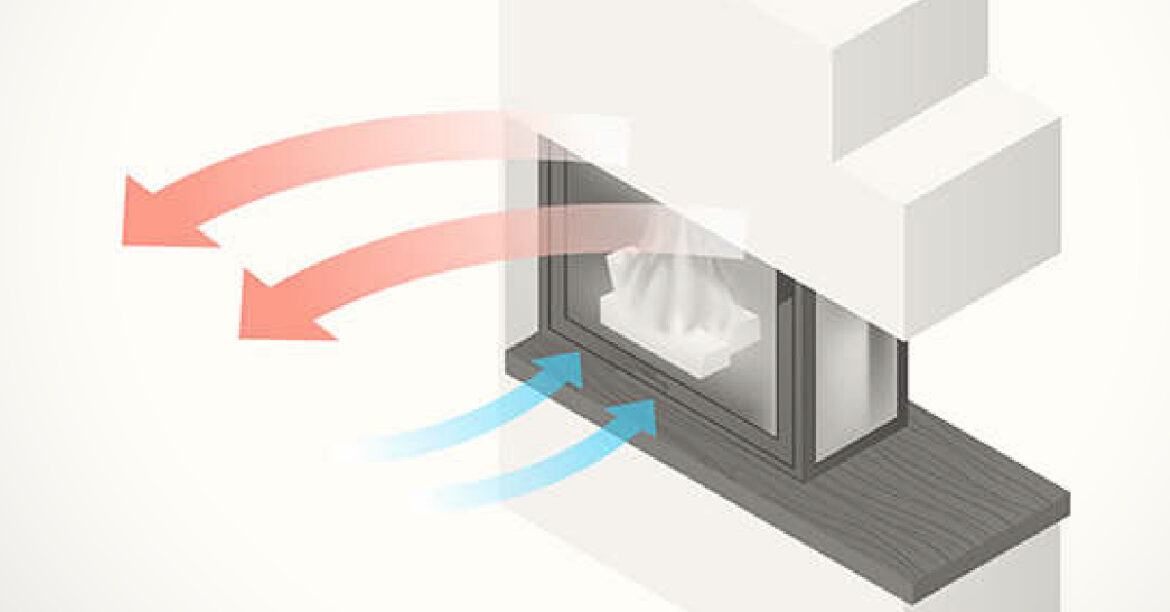
As room air moves through specially designed convective air chambers in fireplaces or stoves, heat is transferred from the hot surfaces to the moving air. The fan circulates this warmer air through the appliance and back into the room. Most fans on fireplaces and stoves use a rheostat to vary the amount of air the fan is moving. Turn the rheostat fan control up, and a higher air volume moves through the appliance. By turning the fan knob down, a smaller volume of air moves through the unit, and less heat will be blown into the
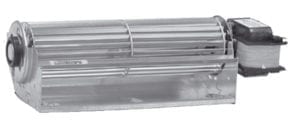
Single Cage Universal Fireplace Fan
room. Blower fan adjustments can be done manually. However, with many gas fireplaces and stoves today, a multi-function remote control can adjust the fan’s speed. It’s worthwhile noting that a fan will increase the heat transfer efficiency of your fireplace or stove.
Most blower fans on fireplaces and stoves will circulate air in the range of 75 – 250 cubic
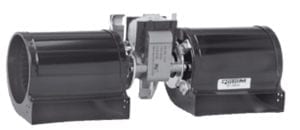
Dual Cage Universal Fireplace Fan
feet per minute. On the low end of this range, that’s about how much air a bathroom fan exhausts. Keeping the air moving in your house, even a small amount of air, will help maintain consistent temperatures throughout the house. It’s an excellent way to maximize heat output and help minimize cooler or warmer areas in the home.
We provide additional information on this topic and fan pricing.
ARE FIREPLACE BLOWER FANS NOISY?
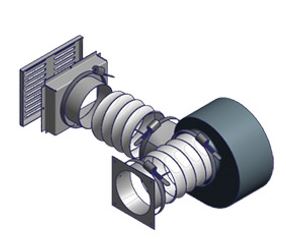
Forced Air Kit
Fireplace fans today are relatively quiet, especially on the lower settings. However, keep in mind that whenever a fan is moving air, there will be some noise. Think about a calm day. It’s much quieter than a day when the wind is blowing 25 mph. The same is true for the air moving through your stove or fireplace.
Noises from blower fans other than air moving, such as squeaks, squeals, or hums, often indicate a scenario that a dealer should investigate. A problematic fan can normally be easily replaced.
OTHER CONSIDERATIONS
An electric blower fan for your stove or fireplace will not operate in the event of a power outage. However, you will still get the benefit of the radiant heat. If power reliability concerns you, or if you are off the grid, there are specific models of stoves and fireplaces designed to be strictly radiant heaters.
It’s also important to periodically inspect the fan and clean any dust, dirt, and pet hair from it. Incidentally, the fans of fireplaces are located behind the lower grill, and the blower fans on free-standing stoves are found on the back of the unit.
So, the question comes up again: Do I need a blower fan on my fireplace or stove? It’s all about comfort, based on your preferences. That being said, most WE LOVE FIRE experts are big fans of fans! Why not swing by your local expert to see if they can improve your heating efficiency? Advice is always free!
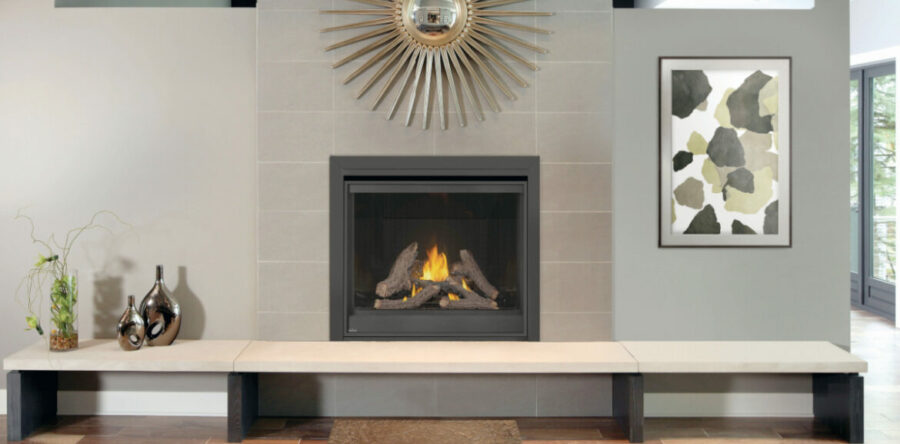
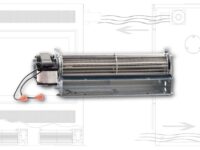

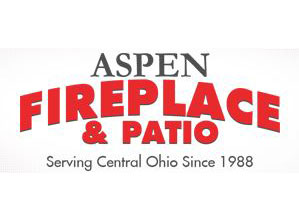
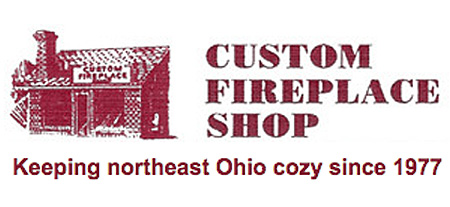



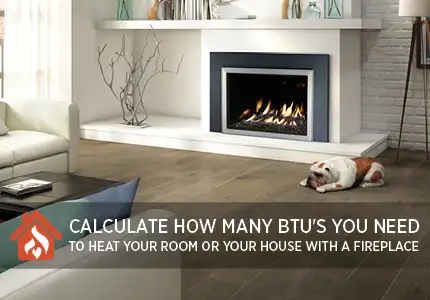

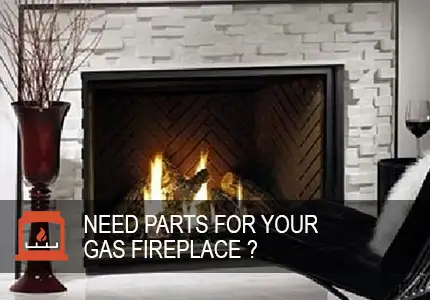
24 Responses